-
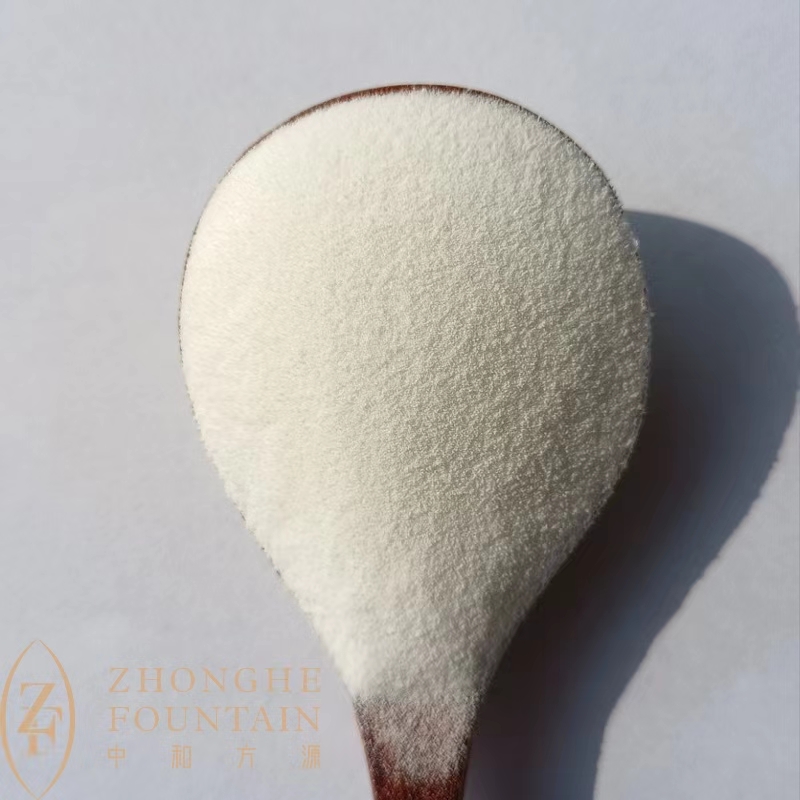
Ethyl Ascorbic Acid
Cosmate®EVC,Ethyl Ascorbic Acid is considered to be the most desirable form of Vitamin C as it is highly stable and non-irritating and hence readily used in skincare products. Ethyl Ascorbic Acid is the ethylated form of ascorbic acid,it makes Vitamin C more soluble in oil and water. This structure improves the stability of the chemical compound in the skin care formulations because of its reducing ability.
-
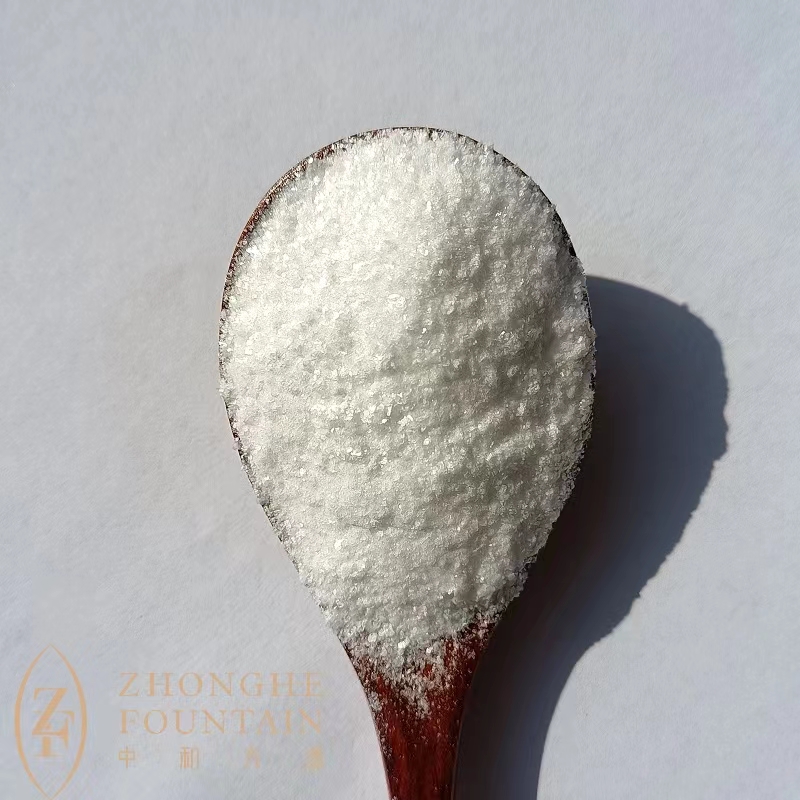
Ascorbyl Glucoside
Cosmate®AA2G ,Ascorbyl glucoside, is a novel compound that is synthesized to increase the stability of Ascorbic acid. This compound shows much higher stability and more efficient skin permeation compared to Ascorbic acid. Safe and effective, Ascorbyl Glucoside is the most futuristic skin wrinkle and whitening agent among all the Ascorbic acid derivatives.
-
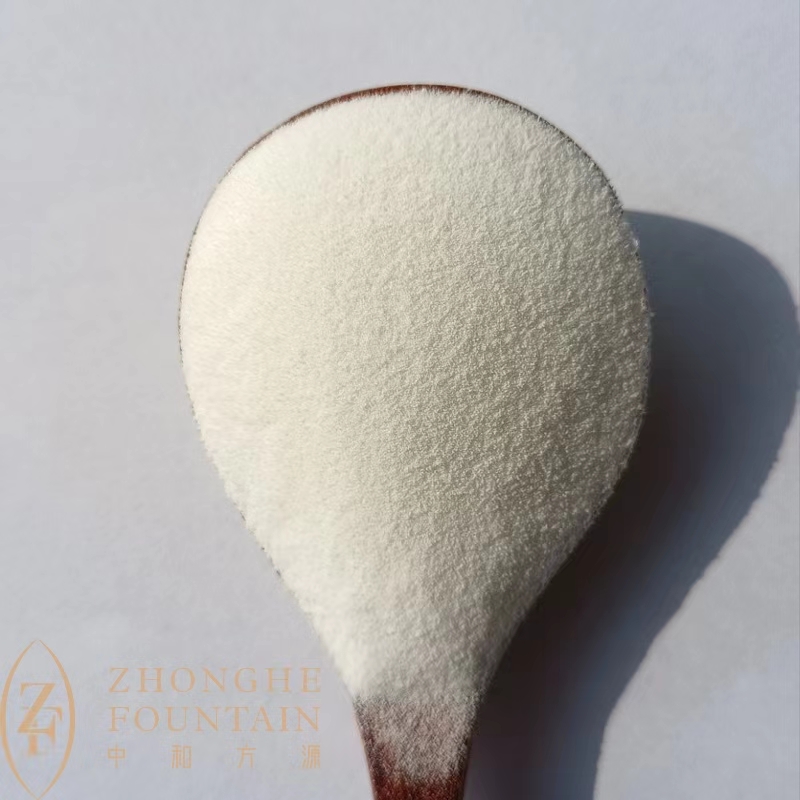
Magnesium Ascorbyl Phosphate
Cosmate®MAP,Magnesium Ascorbyl Phosphate is a water-soluble Vitamin C form which is now gaining popularity among manufacturers of health supplement products and experts in the medical field following discovery that it has certain advantages over its parent compound Vitamin C.
-
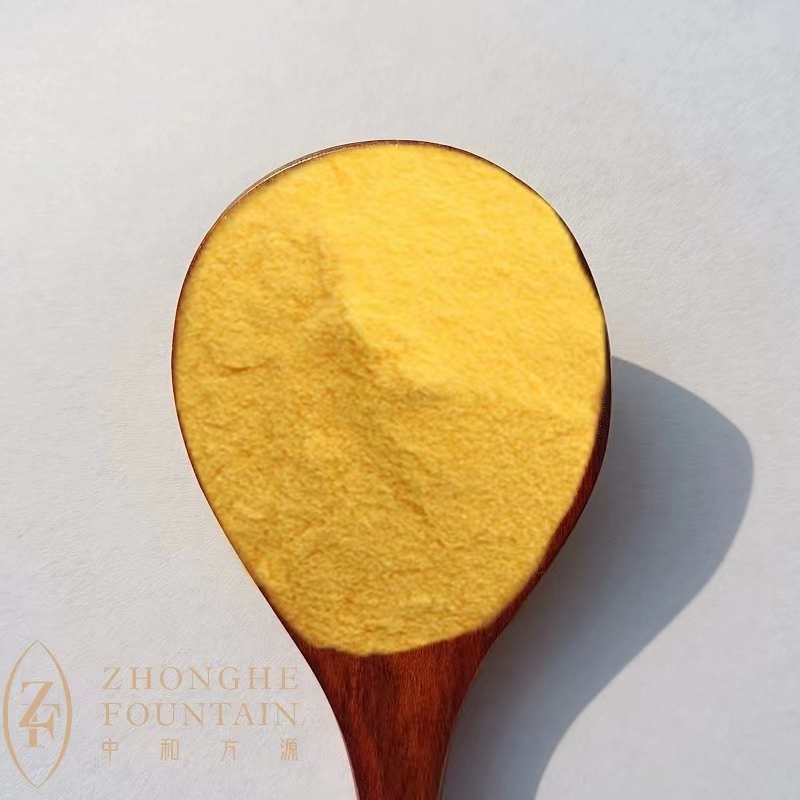
Hydroxypinacolone Retinoate
Cosmate®HPR,Hydroxypinacolone Retinoate is an anti-aging agent. It’s recommended for anti-wrinkle, anti-aging and whitening skin care products’ formulations. Cosmate®HPR slows down the decomposition of collagen, makes the whole skin more youthful, promotes keratin metabolism, cleans pores and treats acne, improves rough skin, brightens skin tone and reduces the appearance of fine lines and wrinkles.
-

Nicotinamide
Cosmate®NCM,Nicotinamide acts as a moisturizing, antioxidant, anti-aging, anti-acne, lightening & whitening agent. It offers special efficacy for removing dark yellow tone of skin and makes it lighter and brighter. It reduces the appearance of lines, wrinkles and discoloration. It improves the elasticity of the skin and helps to protect from UV damage for beautiful and healthy skin. It gives well moisturized skin and comfortable skin feeling.
-
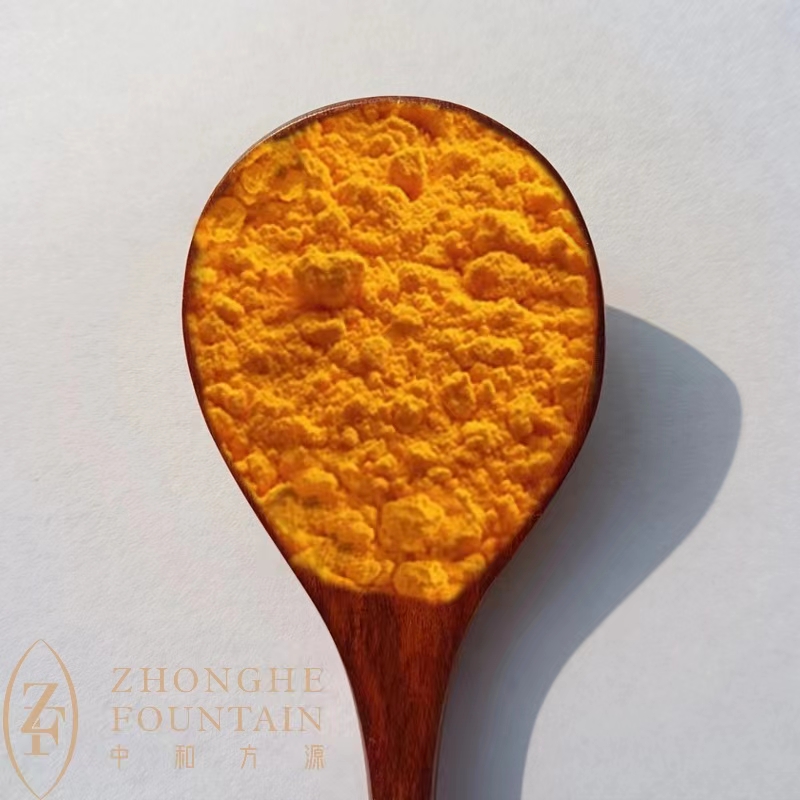
Coenzyme Q10
Cosmate®Q10,Coenzyme Q10 is important for skin care. It plays a vital role in the production of collagen and other proteins that make up the extracellular matrix. When the extracellular matrix is disrupted or depleted, skin will lose its elasticity, smoothness, and tone which can cause wrinkles and premature aging. Coenzyme Q10 can help to maintain overall skin integrity and reduce the signs of aging.
-
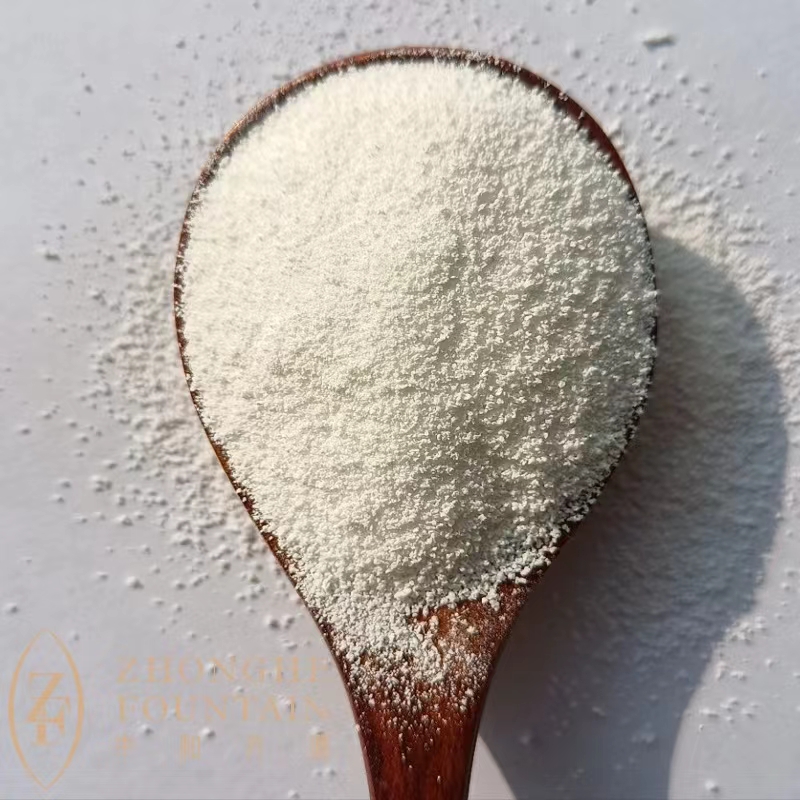
Sodium Acetylated Hyaluronate
Cosmate®AcHA,Sodium Acetylated Hyaluronate (AcHA), is a specialty HA derivative which is synthesized from the Natural Moisturizing Factor Sodium Hyaluronate (HA) by acetylation reaction. The hydroxyl group of HA is partially replaced with acetyl group. It owns both lipophilic and hydrophilic properties. This helps to promote high affinity and adsorption properties for the skin.
-
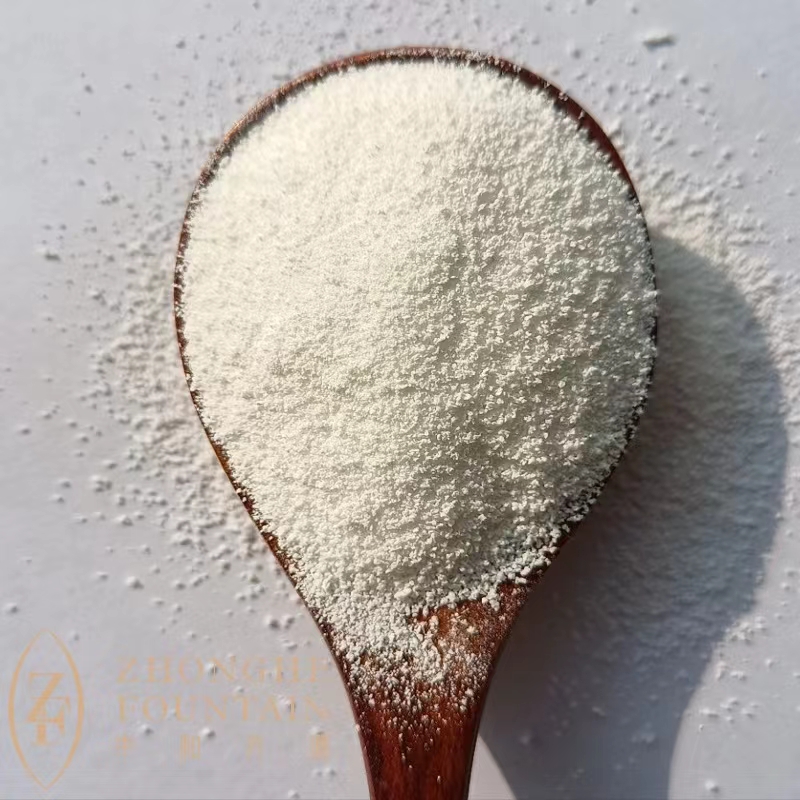
Oligo Hyaluronic Acid
Cosmate®MiniHA,Oligo Hyaluronic Acid is regarded as an ideal natural moisturizer factor and widely used in cosmetics, being suitable for different skins, climates and environments. Oligo type with its very low molecular weight, has functions like percutaneous absorbtion, deep moisturizing, anti-aging and recovery effect.
-
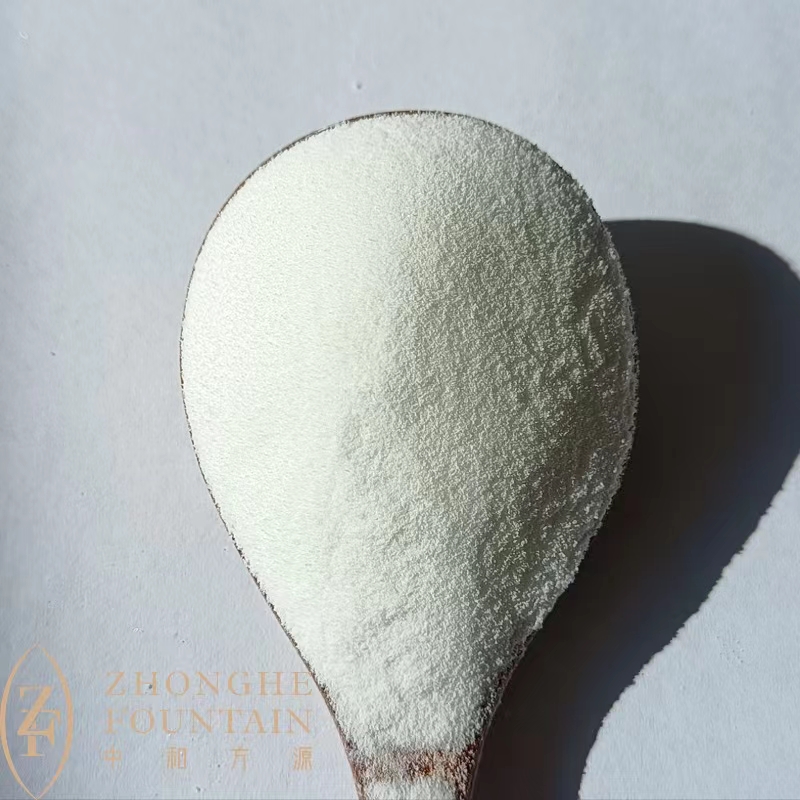
Ectoine
Cosmate®ECT,Ectoine is an Amino Acid derivative,Ectoine is a small molecule and it has cosmotropic properties.Ectoine is a powerful, multifunctional active ingredient with outstanding, clinically proven efficacy.
-
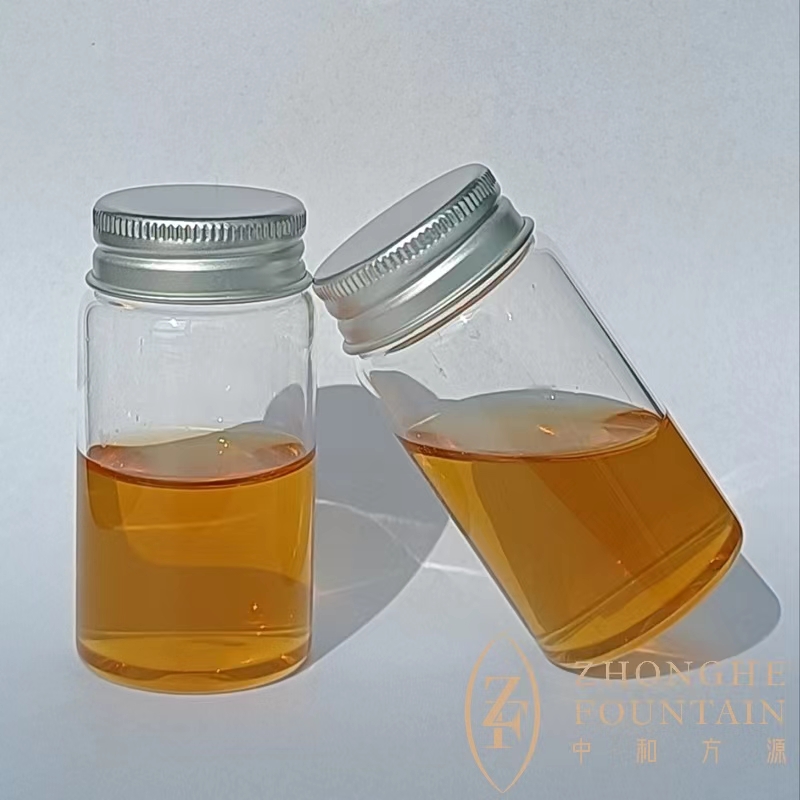
Bakuchiol
Cosmate®BAK,Bakuchiol is a 100% natural active ingredient obtained from the babchi seeds (psoralea corylifolia plant). Described as the true alternative to retinol, it presents striking resemblances with the performances of retinoids but is much gentler with the skin.
-
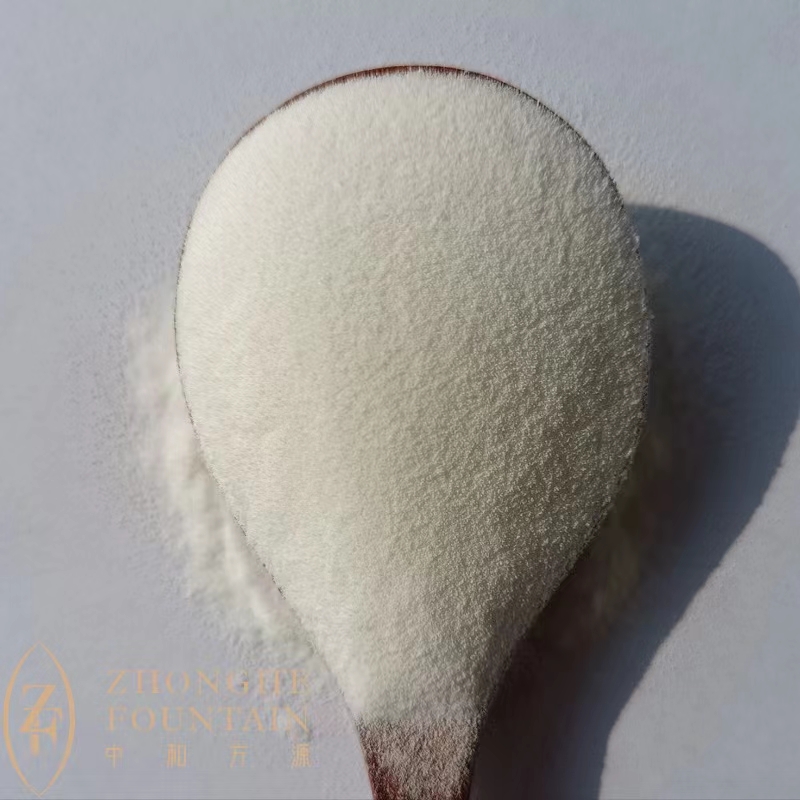
Resveratrol
Cosmate®RESV,Resveratrol acts as an antioxidant, anti-inflammatory, anti-aging, anti-sebum and antimicrobial agent. It is a polyphenol extracted from Japanese knotweed. It displays similar antioxidant activity as α-tocopherol. It is also an efficient antimicrobial against the acne causing propionibacterium acnes.
-
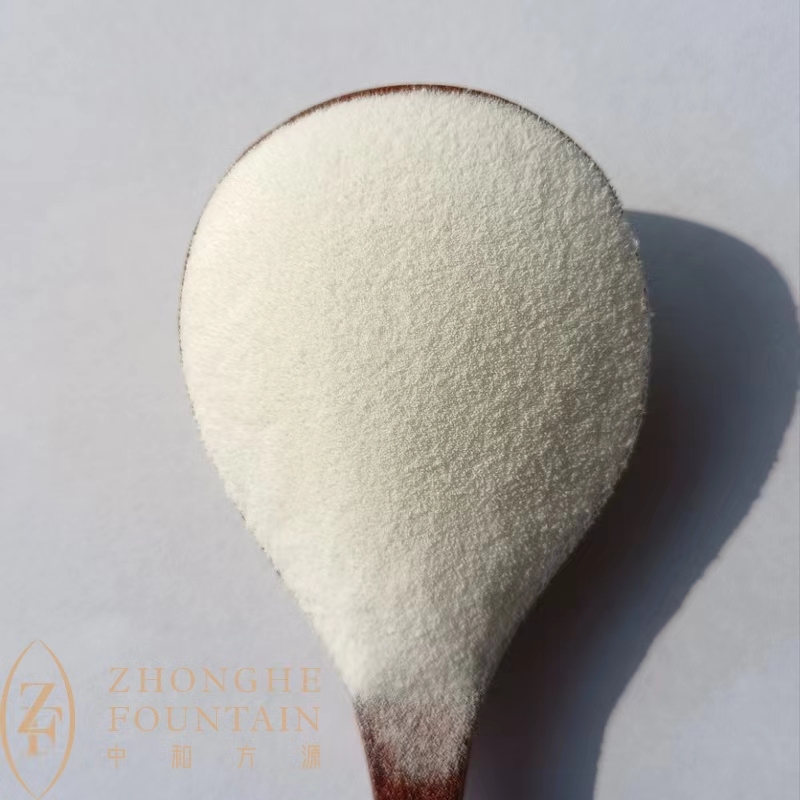
1,3-Dihydroxyacetone
Cosmate®DHA,1,3-Dihydroxyacetone(DHA) is manufactured by bacterial fermentation of glycerine and alternatively from formaldehyde using formose reaction.

Phone













